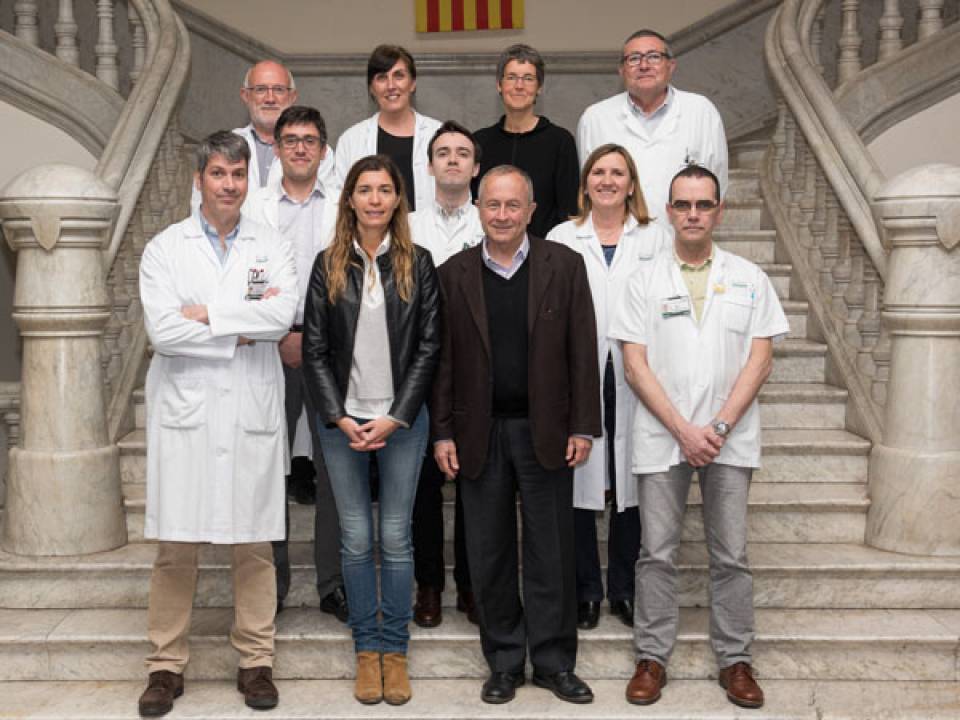Parkinson's disease (PD) is a chronic neurodegenerative disorder that affects the brain areas controlling the coordination of movements and balance. Patients also have different nonmotor symptoms such as loss of smell, cognitive impairment or rapid-eye-movement (REM) sleep behavior disorder (RBD), which may appear years before the onset of the disease. These symptoms are caused by the accumulation of the protein alpha-synuclein in neurons in the Lewy bodies, protein clumps that are the pathological hallmark of Parkinson’s disease. Detecting the presence of this protein in an early stage of PD would be useful to diagnose the disease before its onset and start treating the symptoms from the beginning.
In the study published in The Lancet Neurology journal, researchers evaluated whether a biopsy in the submandibular gland can detect aggregates of alpha-synuclein. These biopsies were performed in 21 patients with RBD, in 24 with Parkinson's disease and 26 healthy people. In about 90% of patients with sleep disorders and 70% of those with Parkinson the protein was detected by a submandibular gland biopsy, while it was not found in any of the healthy people. "These results show that the biopsy is useful as a confirmatory test to diagnose PD in those people whose disease has not begun," explains Dr. Alex Iranzo, neurologist at the Sleep Disorders Multidisciplinary Unit of the Hospital Clinic and researcher at the IDIBAPS Neurophysiology and functional studies of the nervous system team. "In addition, it is a minimally invasive and a well tolerated test," he adds.
"Identifying synuclein aggregates in the submandibular gland can confirm the diagnosis of Parkinson, very useful in cases of uncertain diagnosis. Also, identifying people with sleep disorders that have these aggregates could be helpful, for example, to design therapeutic strategies to block the progression of this protein to the central nervous system, where they cause the classic symptoms of Parkinson's disease," explains Dr. Eduard Tolosa.
Article reference:
Dolores Vilas†, Alex Iranzo, MD†, Prof Eduardo Tolosa, Iban Aldecoa†, Joan Berenguer, Isabel Vilaseca, Carles Martí, Mónica Serradell, Francisco Lomeña, Llucia Alós, Carles Gaig, Joan Santamaria, Ellen Gelpi
Published Online: 30 March 2016 DOI: http://dx.doi.org/10.1016/S1474-4422(16)00080-6

